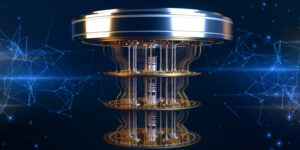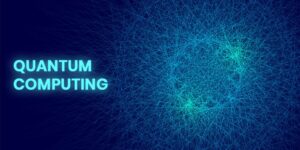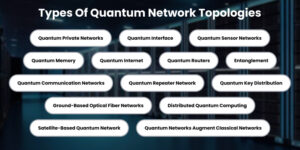
Quantum ideas include several branches, all utilizing the fundamental concept of quantum mechanics differently. These types include quantum computing and cryptography, quantum chemistry, quantum biology and so on, to understand how subatomic particles respond to various impacts to shape new technology, enhance digital security systems and promote the scientific understanding of specific phenomena.
What is Quantum?
Quantum is the science that deals with small things that can barely be seen, such as atoms and particles. This concept proves that these little particles do not behave like normal objects as exhibited in real life. For example, a particle can be found at two different locations at once or be linked with another particle at a far different distance within the blink of an eye.
Energy and matter at this sort of small scale come in small packets called “quanta.” These peculiar notions are ideas of quantum mechanics, which make the world more comprehensible and contribute to new technologies like super-powerful computers and secure ways to send messages.
Types of Quantum Technologies
Quantum technologies make use of quantum mechanics to create systems that work far better than classical systems. It is believed that these technologies have the potential to transform markets related to computation, connectivity, communication, sensing and security and cryptography. Below are key areas of quantum technologies:
➢ Quantum Communication
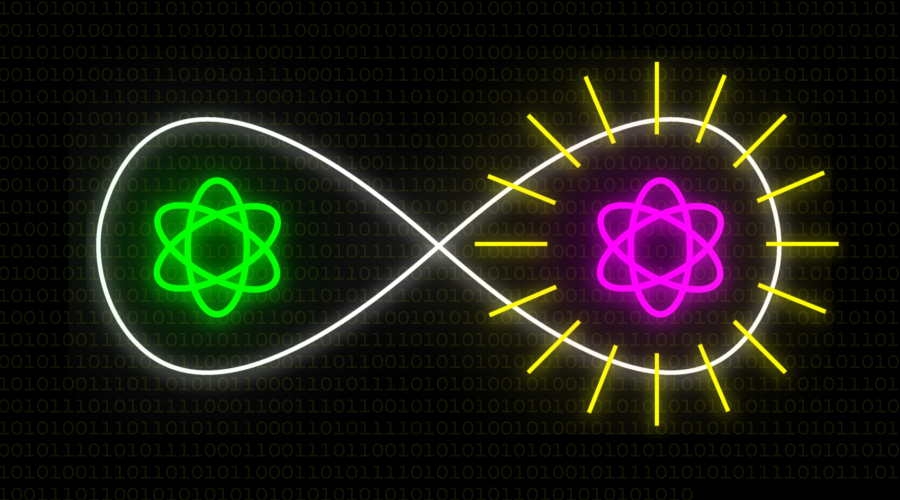
Quantum communication is a modern area of communication science that guarantees the secure transfer of information using mathematical principles such as superposition and entanglement. One of the main uses of the technology is within Quantum Key Distribution (QKD) which helps users to secure their encryption keys.
Applications:
- Military and defense purposes
- e-commerce payment details
- anything to do with government security
➢ Quantum Computing
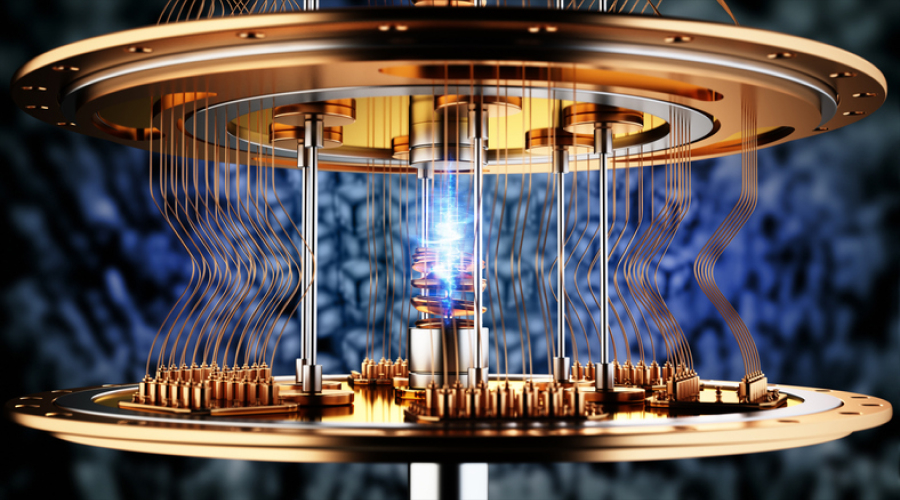
Employing qubits and quantum algorithms to calculate information faster and more efficiently than on normal computers, especially for such tasks as optimization and cryptography. These are quantum bits (qubits) that can carry out parallel computations and solve problems way faster than any other machines.
Applications:
- Improving the logistics, supply chain management and timetable.
- Developing Quantum-resistant cryptography and moving from encrypted classical codes.
- In drug discovery using synthesized molecular structures for efficient product creation.
➢ Quantum Cryptography
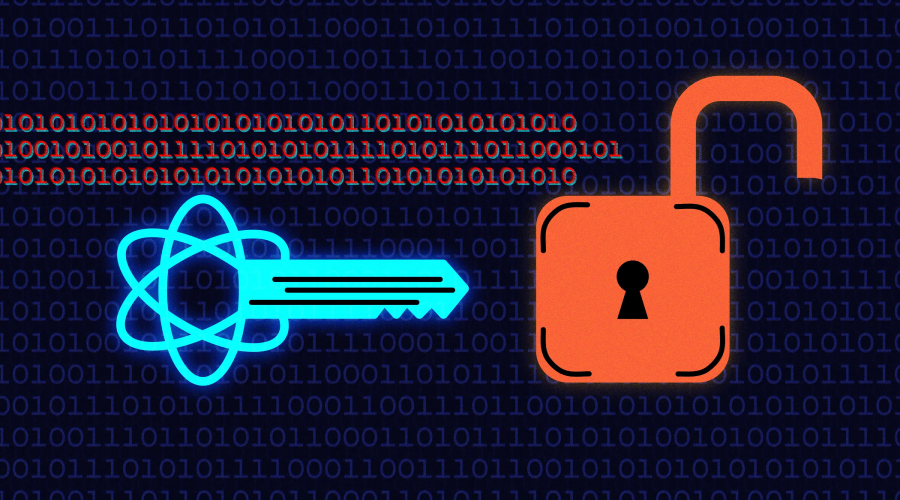
Ensuring secure communication by using properties like Entanglement and Superposition which can provide a methodology for methods like Quantum Key Distribution (QKD).
Applications:
- Safeguarding government, military and corporation networks by providing secure communication.
- Providing financial security through transaction and banking systems protection.
- Provides strong protection against computers’ cyber threats and quantum computing attack vectors.
➢ Quantum Networks
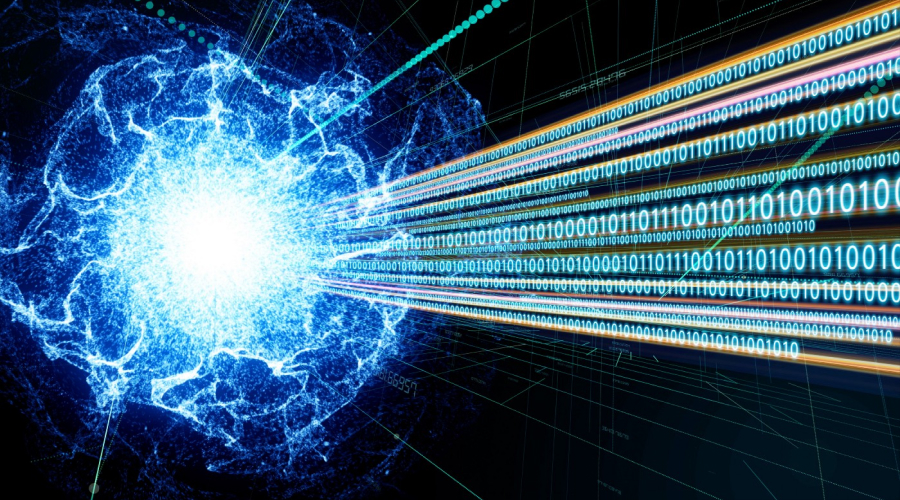
Quantum networks are communication systems that are more sophisticated than current telecommunication systems and convey Quantum information depending on certain quantum states such as entanglement and superposition. They are intended to connect small quantum gadgets to enable the direct transfer of quantum information and establish a quantum web.
Applications:
- The use of encryption to safeguard user information for governments and businesses.
- Networking of Quantum computers for work integration.
- Enabling massive-scale quantum experiments spread out over great distances.
➢ Quantum Simulators
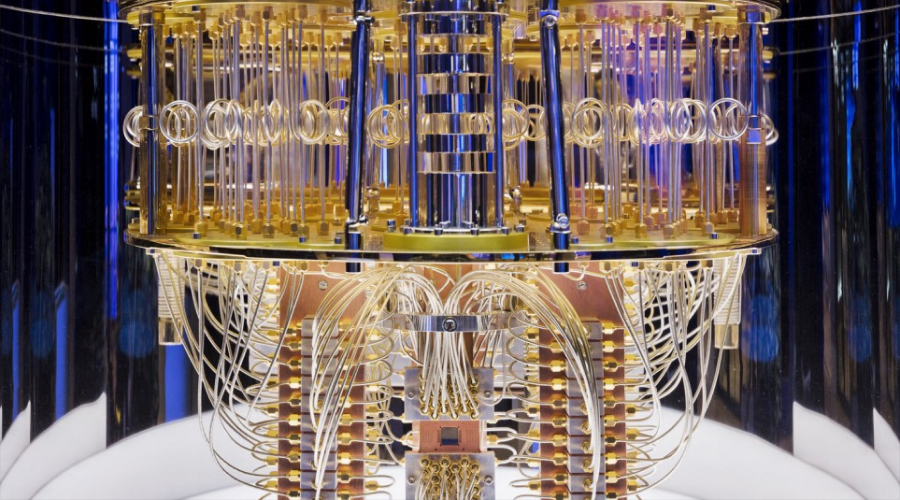
Quantum simulators are physical systems that have been specifically constructed to solve quantum problems that are hard to solve by conventional computers. Unlike the general-purpose quantum computer, a quantum simulator will concentrate on certain applications only by applying quantum mechanics to reproduce the behavior of complicated systems.
Applications:
- Helping material science find new types of materials with specific properties, like superconductors.
- Applied in Chemical for simulating chemical bonding for the purpose of drug designing and catalysis.
➢ Quantum Metrology
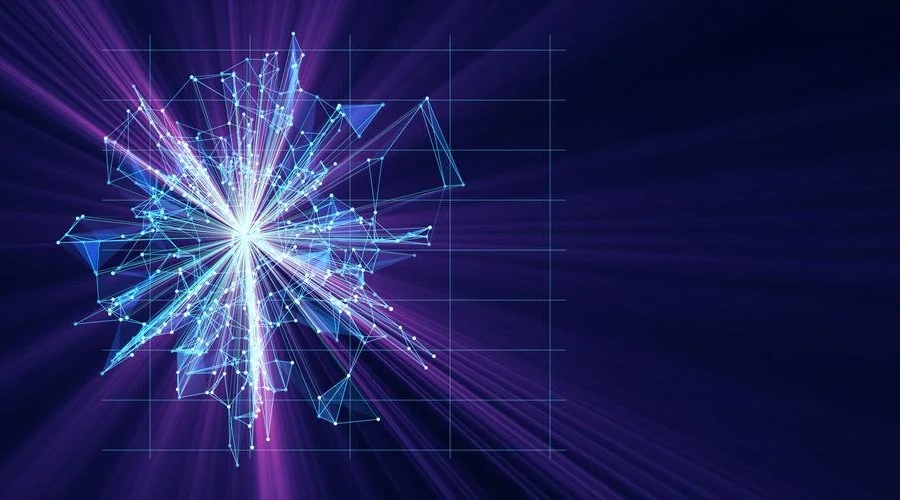
Quantum metrology utilizes Quantum behaviors such as superposition and entanglement to obtain ultrahigh accuracy measurements beyond any limit of classical measurement. Thanks to the utilization of QS, it increases the sensitivity and accuracy of measuring the change of messenger physical quantities.
Applications:
- High-accuracy atomic clocks for modernizing GPS and world timing systems.
- Used in medical applications for various imaging procedures for early-stage disease detection.
- Can be used to develop GPS-independent quantum gyroscopes for aviation and maritime use.
➢ Quantum Imaging
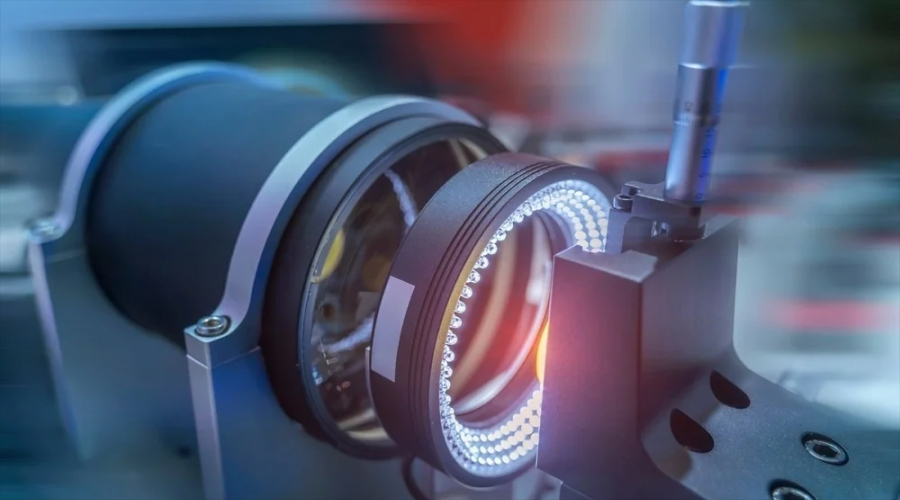
Quantum imaging is the utilization of quantum phenomena, for example, entanglement and superposition in the improvement of imaging strategies beyond the limits of traditional frameworks. It allows improved spatial scale, signal-to-noise ratio and contrast and functionality in limiting conditions such as twilight or through some kind of scattering media.
Applications:
- Under medical diagnostics for advanced imaging for early disease detection and monitoring.
- In Astronomy for high electric resolution measurement of distant objects in the universe.
- In material science for the detailed investigation of the structures of the material at the near-atomic level.
Also Read: Post Quantum Cryptography Algorithms
Types of Quantum Information
Quantum Information focuses on quantum mechanics may process, store and transfer information far better than classical systems. In contrast to classical information having one of two states, 0 or 1, quantum information is constructed out of quantum bits (qubits) that can be precisely 0 and 1 at the same time using a technique called superposition.
In addition, it offers entangled qubits that have intricate relationships. This opens up possibilities for innovative levels of computation, communication and cryptography. Key components include:
➢ Quantum Memory
Quantum memory is a physical mechanism for storing quantum information which can be in the form of a state of quantum bits or qubits. Due to its importance in the field of quantum communications and computation, it offers the means for effective relaying and exchange of quantum states in networks. Quantum memory uses various effects like entanglement and superposition hence guaranteeing unity and least data loss.
➢ Quantum Entanglement
Quantum enlargement is a quality by which two or more particles form physical links where the conditions of one particle will influence the conditions of the other, neglecting the distance. This means that when the state of one particle is observed, the state of the entangled partner is automatically fixed no matter how far physically the two are, say light years apart.
➢ Quantum Superposition
Quantum superposition is a key principle of quantum mechanics that states any quantum system exists in multiple states simultaneously. For example, consider a quantum bit or qubit that can stand for both 0 and 1 at the same time, not like a classical bit that exists in one of two states at a time. This allows for the processing of many possibilities simultaneously, exponentially enhancing the power of quantum computers.
➢ Quantum Teleportation
Quantum teleportation involves the process of transporting the quantum state of a quantum particle from one place to another, without sending the physical object carrying the particle through the same distance. This is done through entangled particles and entangled quantum states of two particles in a quantum state.
➢ Quantum Error Correction
Quantum error correction is a collection of procedures, the goal of which is to prevent de-coherence and noise in the quantum system, with special regard to imperfection in the quantum bits or qubits. Since these states are very sensitive to noise from the immediate environment, these methods employ the use of error correction that encodes the quantum information on several qubits without necessarily measuring the quantum state.
Types of Quantum Devices and Apparatus
Quantum Devices and Apparatus refers to specific devices and apparatus based on the principles of quantum mechanics to achieve various functions of unique accuracy and speed. These devices exploit characteristics of quantum systems, including superposition, entanglement and interference to do jobs that regular technologies cannot.
Quantum technologies such as quantum computing, communication and sensing rely on them and hence are important. Key examples include:
- Quantum Sensors: Sensors that can quantify physical factors such as magnetic field, temperature and gravity with high precision that are applied in medical imaging and navigation amongst other areas.
- Quantum Processors: Specifically, they are quantum bits, qubits, calculation and data processing units in quantum computing architecture.
- Quantum Routers: Critically important for controlling quantum info flows through quantum networks, which is crucial for secure communication and high-quality data exchange.
- Quantum Transceivers: Stationary quantum memories that are critical in dictating the operations of a communication system that relies on quantum information transfer.
- Quantum Repeaters: Applied to enhance the distance of quantum communication using compensation of losses and degradation of quantum signals.
- Quantum Clocks: Ultrasensitive frequency references based on atomic transitions for use in GPS systems, telecommunications and as reference standards for many scientific endeavors.
Also Read: Post Quantum Cryptography Companies
Conclusion
In conclusion, quantum types range from quantum computing, communication, sensing and imaging, all present incredible potential in fields of science across the board. By utilizing superposition and entanglement of quantum states in unique ways, we can witness transformative advancement in technology, security and scientific knowledge.

